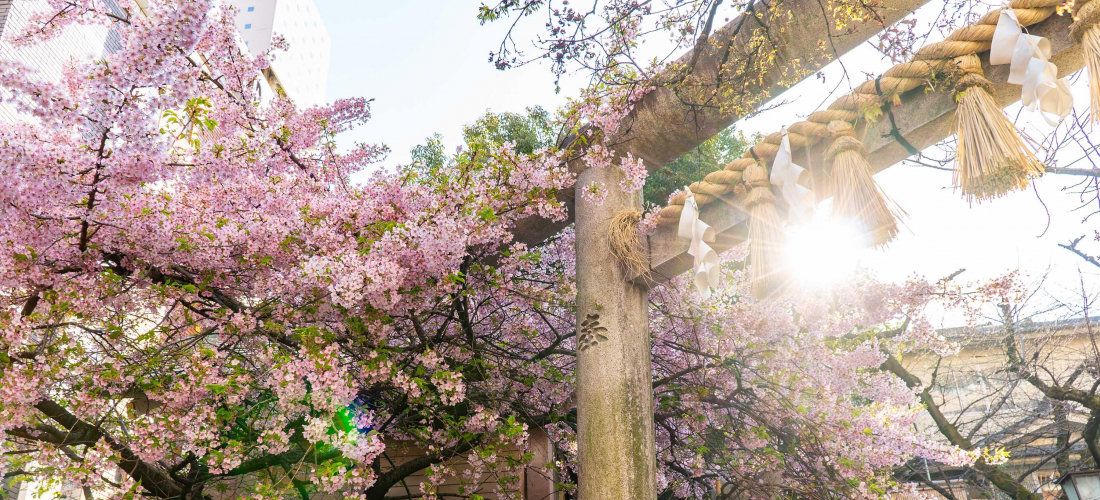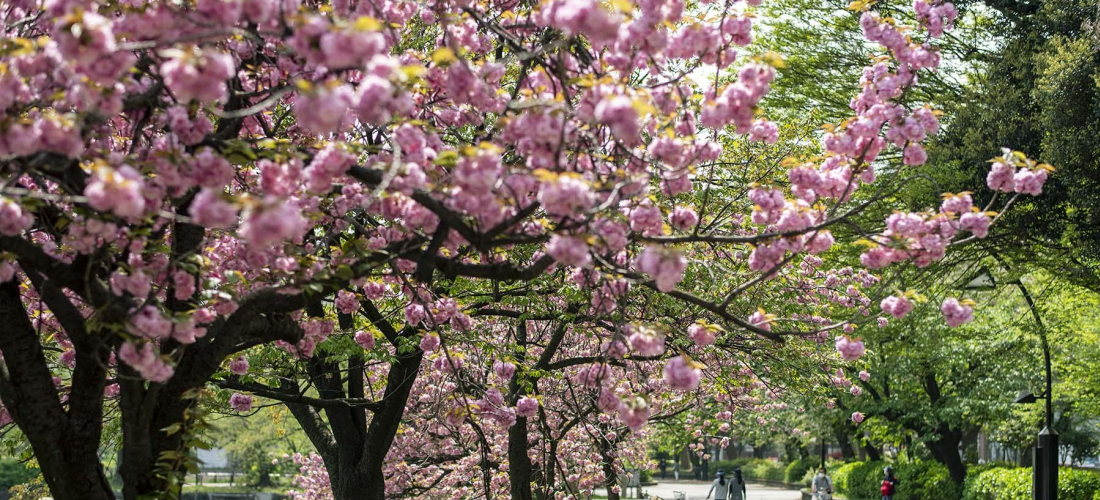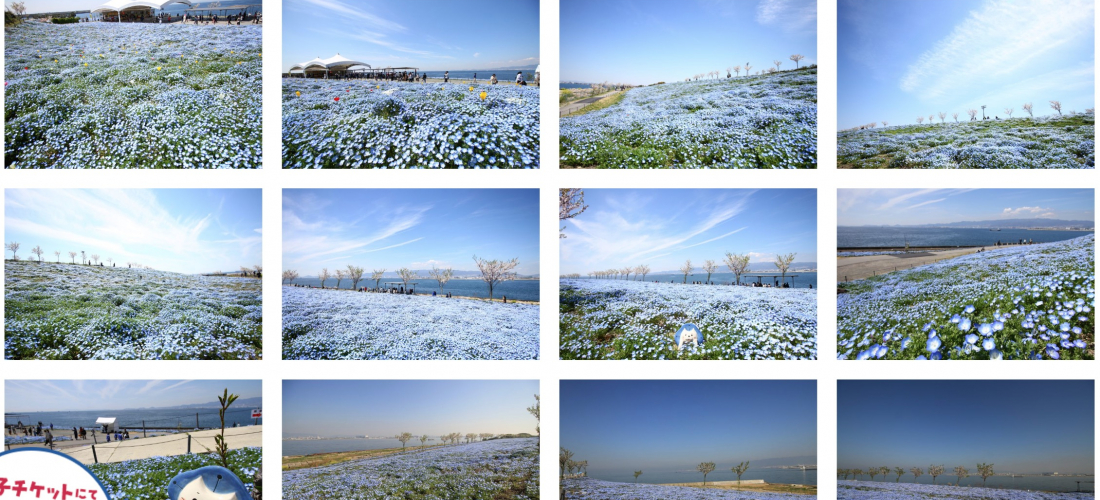CONTENTS
Planning a spring trip to Japan to see the cherry blossoms during sakura season? We’ve got five of Osaka’s best cherry blossom spots for you to add to your Osaka itinerary.
Osaka Cherry Blossom Viewing
The symphony of spring has begun, there's something in the air, and Japan is beginning to turn pink with cherry blossoms. These trees covered in pale pink petals can be found all over Japan, and just like any other place where people gather, Osaka has a fair few cherry blossom spots that draw a crowd early each spring. From ancient temples to lively urban parks, quiet riverbanks to historic ruins… Osaka is usually known for its down-to-earth people and delicious food, but this Osaka cherry blossom tour will show you a new side of the city.
Osaka Cherry Blossom Spot ① Minamitenma Park
For most of the year, the centrally-located Minamitenma Park is known as a green urban oasis in the middle the Osaka hustle and bustle, but in the spring the palette shifts to pink instead. When late March brings the first warm spring breezes to the city, this park turns a soft pale pink as the trees are covered in lush coverings of cherry blossoms, which draws a constant stream of photographers and flower lovers.
The park has close to 5,000 cherry blossom trees of more than 130 different varieties, and the trees like up along the path to form a makeshift tunnel overhead. Walking under the floral canopy with the warm sun shining down feels a little like entering fairyland, and when a fresh breeze causes the pink petals to rain down from above, it feels too dreamy to be real.
Minamitenma Park is well-equipped with playgrounds and grassy lawns, so there's plenty of spots for visitors of all ages to relax after strolling below the trees. Bring a book to stretch out on the grass, or bring some friends for a "hanami" (花見) picnic. During the cherry blossom season vendors set up stalls to sell snacks and sweets, providing a feast for the eyes and the mouth.
Minamitenma Park (南天満公園)
4 Tenma, Kita Ward, Osaka
Osaka Cherry Blossom Spot ② Osaka Castle Park
Osaka Castle is a Japanese historical landmark with hundreds of years of history, playing a part in momentus battles and samurai politics. Despite the building being destroyed and rebuilt multiple times in recent eras, to this day it attracts sightseers throughout the year, who come to see the historic architecture and genuine stone castle walls. But during cherry blossom season, the focus shifts slightly, and visitors' photos start to look a little more… pink. Osaka castle park has thousands of cherry trees scattered throughout the expansive grounds, and the pale pink petals provide a particularly beguiling contrast with the castle's white plaster, green paint, grey stone, and golden accents.
Located at the center of the park, the Osaka Castle Tower (what most people would imagine when thinking of a "castle" in Japan) is surrounded by cherry blossoms, and visitors go crazy for the view outside. But you can of course still go in! The surprisingly modern insides of Osaka Castle now contain a museum with information on the castle's history, samurai power plays, and local intrigue – and at the top you can check out the observation deck to look out over the park and the city beyond, to see Osaka's flowers from a brand new angle.
Osaka Castle Park (大阪城公園)
1-1 Osakajo, Chuo Ward, Osaka
Hours: 9:00 – 17:00
Official Website (jp)
Osaka Cherry Blossom Spot ③ Isshinji Temple
Looking for an Osaka cherry blossom spot that's a little more hidden away, and just a little off the beaten path? Our recommendation comes straight from the mouths of locals, some of whom like to call Isshinji Temple their "private cherry blossom spot." This temple garden can't quite compare to some of Japan's other cherry blossom destinations when it comes to the number of trees or the breadth of the grounds, but the contrast between the serious temple structures and the pretty pink flowers, so full of life, has its own poetry. Plus, it's not only quiet and uncrowded during cherry blossom season, but the central location is actually quite easy to get to!
Unlike so many other cherry blossom spots in Japan, Isshinji Temple maintains its contemplative tranquility even when the flowers are in full bloom, so visitors can let their minds wander and enjoy the scenery in peace. As a Buddhist temple, it's an excellent place for a little mental refresh during a busy trip to the bustling city of Osaka.
Isshinji Temple (一心寺)
2-8-69 Osaka, Tennoji Ward, Osaka
Hours: 9:00 – 16:00
Official Website (jp)
Osaka Cherry Blossom Spot ④ Expo ’70 Commemorative Park
As the name suggests, Osaka's Expo '70 Commemorative Park was originally constructed as the venue for the 1970 Japan World Exposition, but in the years since the vast space has become a favorite park for Osaka locals to escape the urban environment and enjoy something a little different. These days the park holds on to hints of its past with remnants of the World Expo, but it's also an excellent place to enjoy cherry blossoms in the spring.
The Expo '70 Commemorative Park has been ranked as one of the top 100 cherry blossom spots in Japan thanks to the sea of flowers it welcomes each spring, the petals dancing in the wind like something from a movie set. A selection of different cherry blossom varieties are planted around the park to extend the overall cherry blossom viewing season, but the most famous cherry blossoms might still be the ones planted around the Tower of the Sun – a now iconic sculpture from the artist Taro Okamoto, built for the 1970 expo. Many visitors flock to take photos with both the tower and the cherry blossoms together, to see the majesty of nature juxtaposed against the creativity of humanity.
As the cherry on top, Expo '70 Commemorative Park has plenty of spring flowers that aren't cherry blossoms, too! Plus there are Japanese gardens, wooded areas, plenty of paths for long walks, and lots of green lawn perfect for sitting down to enjoy the sun or picnicking while admiring the flowers. It's like that sea of flowers is inviting you to dive right in!
Expo '70 Commemorative Park (万博記念公園)
Senribanpakukoen, Suita, Osaka
Hours: 9:30 – 17:00
Official Website (en)
*Also check out the park's "Sakura Expo 2024" for extra cherry blossom fun this season!
Osaka Cherry Blossom Spot ⑤ Yodogawa Riverside Park
Japan's "hanami" cherry blossom viewing traditions go back 1,000 years, and the most traditional way to enjoy the pretty pink flowers is to set up a picnic beneath the branches of a blooming cherry blossom tree. So if you'd like to eat, drink, and be merry as you enjoy the cherry blossoms, Yodogawa Riverside Park is an ideal location. Located a little ways away from the busy center of the city, there's plenty of green space to stake out for picnic purposes, and you can watch riverboats slowly rippling the cherry blossoms reflected in the river.
Cherry blossom trees bloom along both banks of the meandering Yodogawa river, and the path on the Sewari bank is covered in fallen petals every year, creating a pink carpet underfoot. As slowly and surely as the lazy river, the spring breeze gently blows the flowers from the branches, creating what the Japanese like to call "cherry blossom snow." Walk through the magical rain of falling petals with a special someone for a date straight out of a Japanese shoujo anime.
Of course, you don't have to be on a romantic date to enjoy the magical atmosphere at Yodogawa Riverside Park. Bring family or friends to set up a picnic or fly kites, or plan your trip to the park to coincide with one of their many spring events!
Yodogawa Riverside Park (淀川河川公園)
7-6 Sotojimacho, Moriguchi, Osaka
Hours: 9:00 – 17:00
Official Website (jp)
*Also check out the park's Cherry Blossom Festival!
Follow This Springtime Sakura Tour Through Osaka
The warm weather of spring is like an alarm clock for the natural world: animals leave their dens, green leaves poke up from the ground, and cherry blossoms boldly bloom all across Osaka, and cities around Japan. So what better time could there be for you to get up, leave the house, and head to Osaka to see the flowers?
The best time to see cherry blossoms around Japan is generally late March to early April, but specific times vary from year to year (and city to city). For information on this year's cherry blossom season, check out our cherry blossom forecast.
For more info and updates from Japan, check Japankuru for new articles, and don't forget to follow us on X (Twitter), Instagram, and Facebook!
Details
NAME:Osaka (大阪)

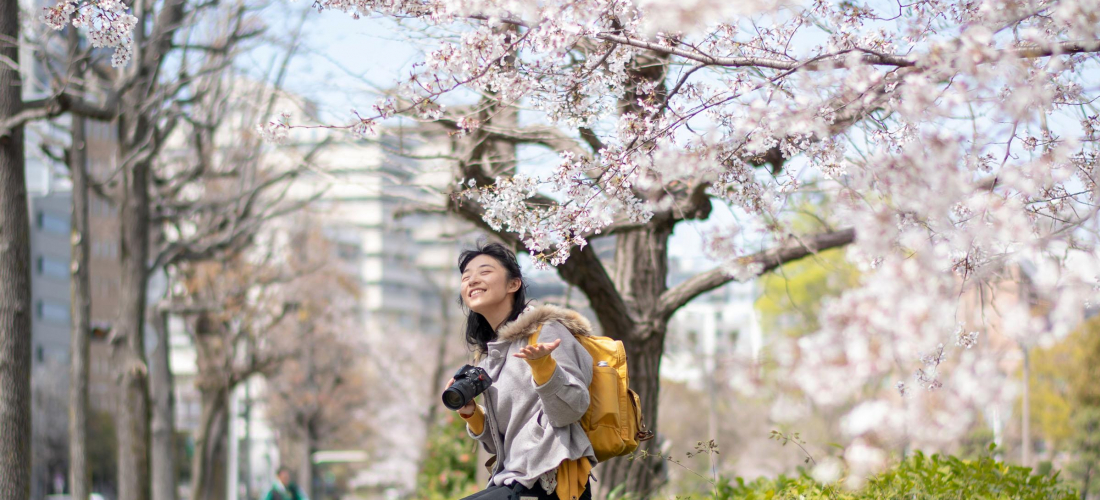

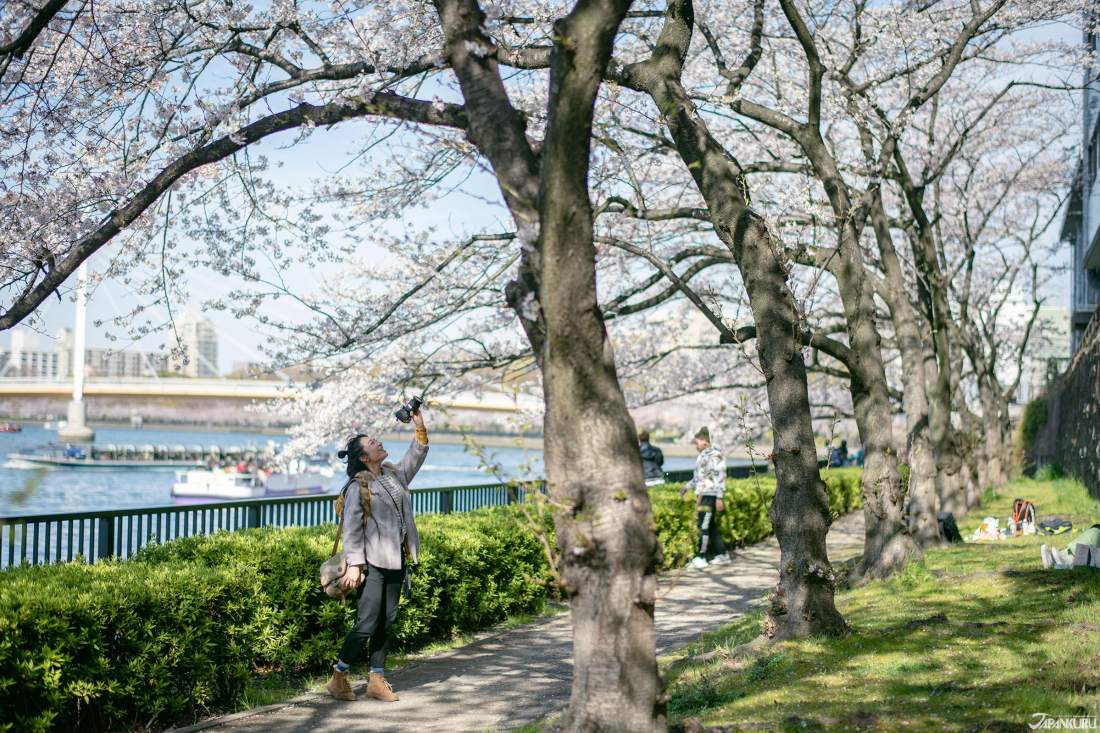
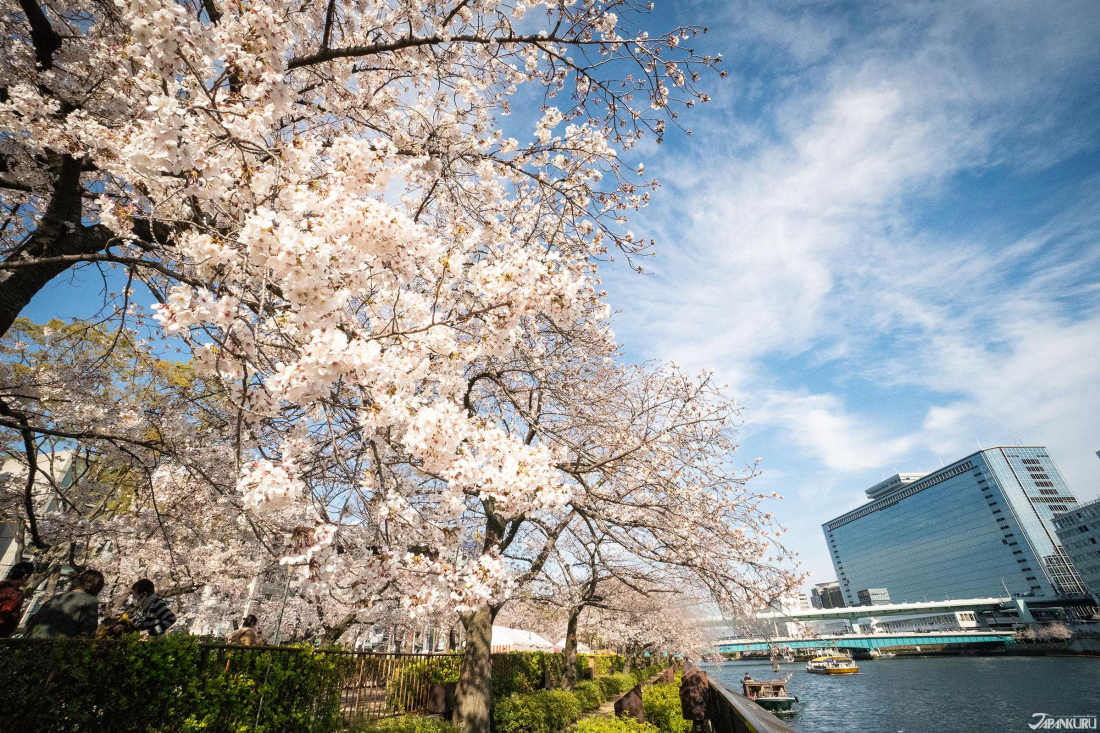
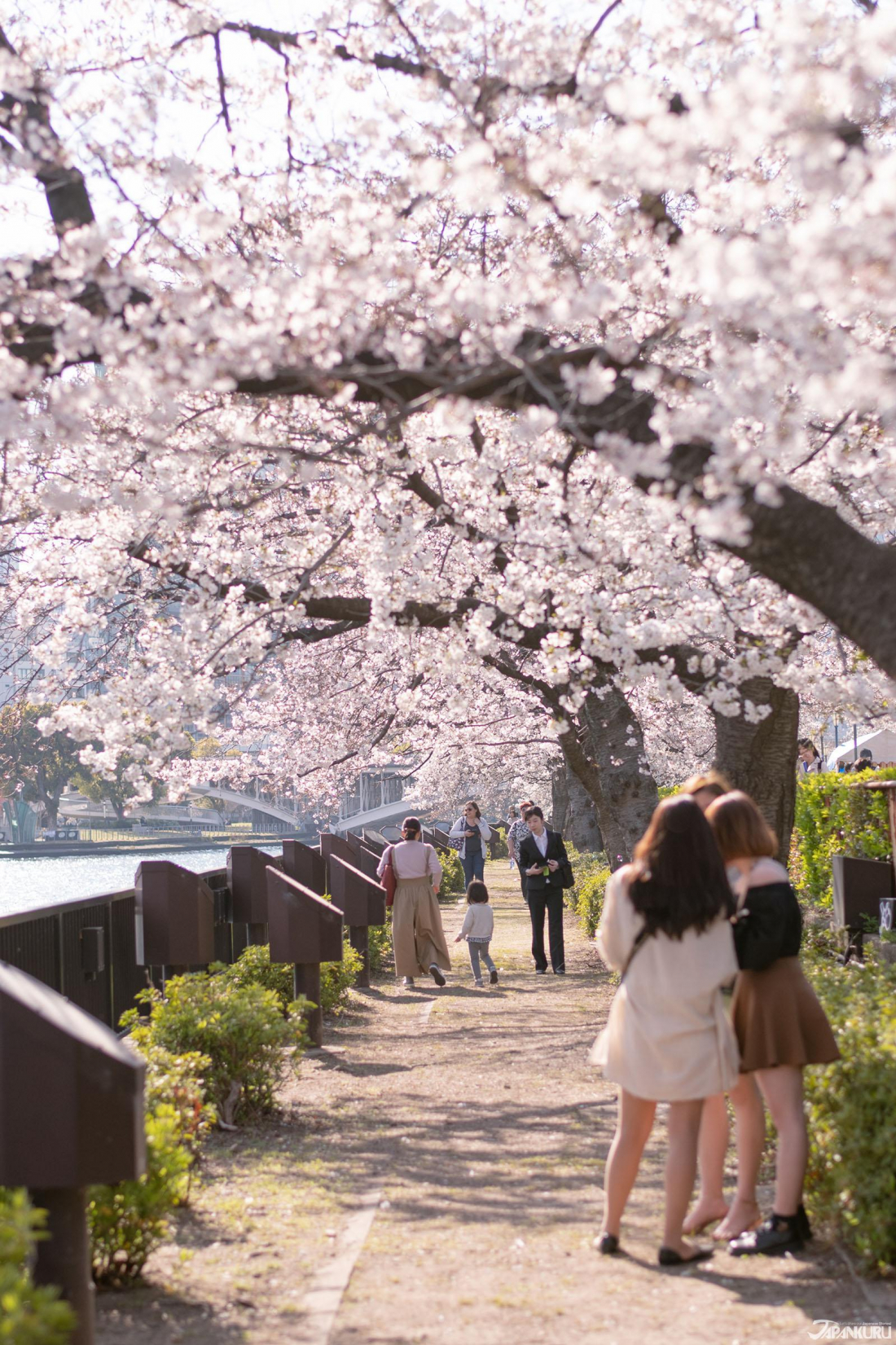
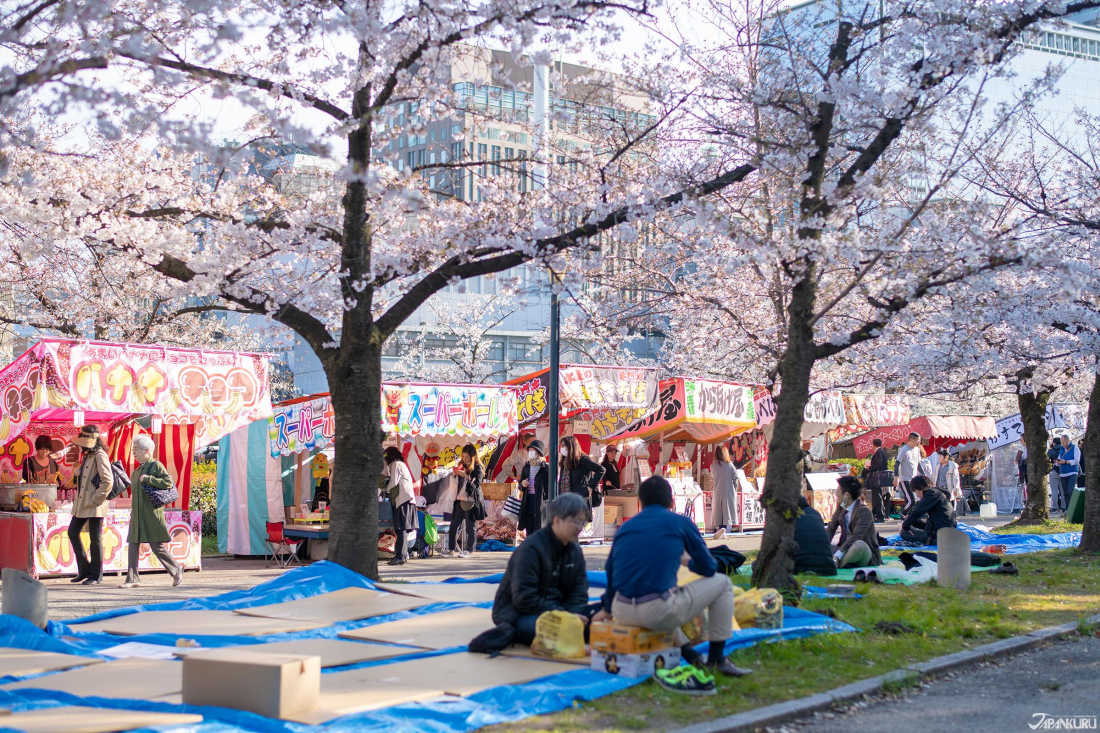

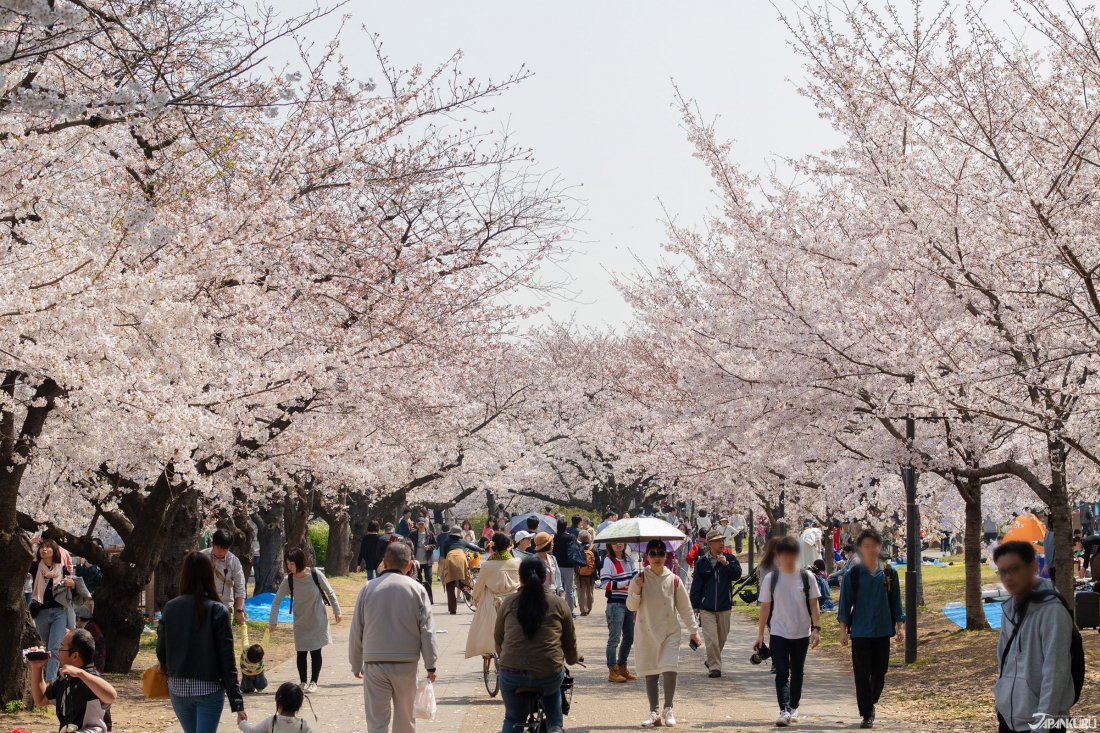


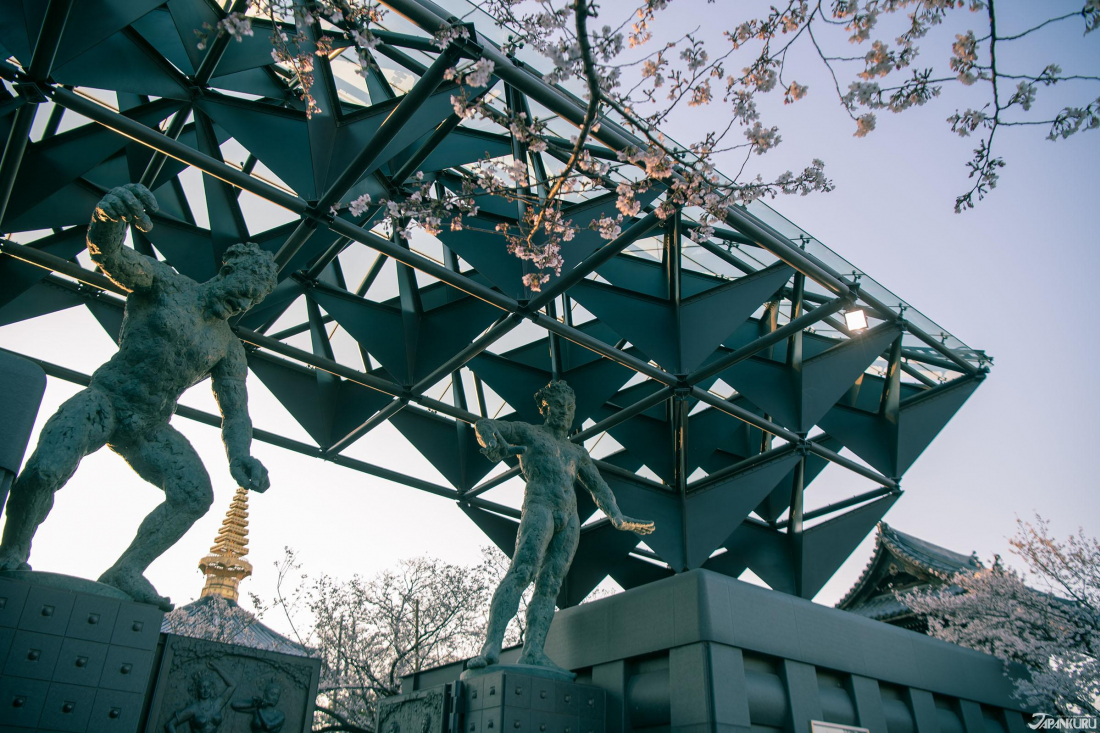
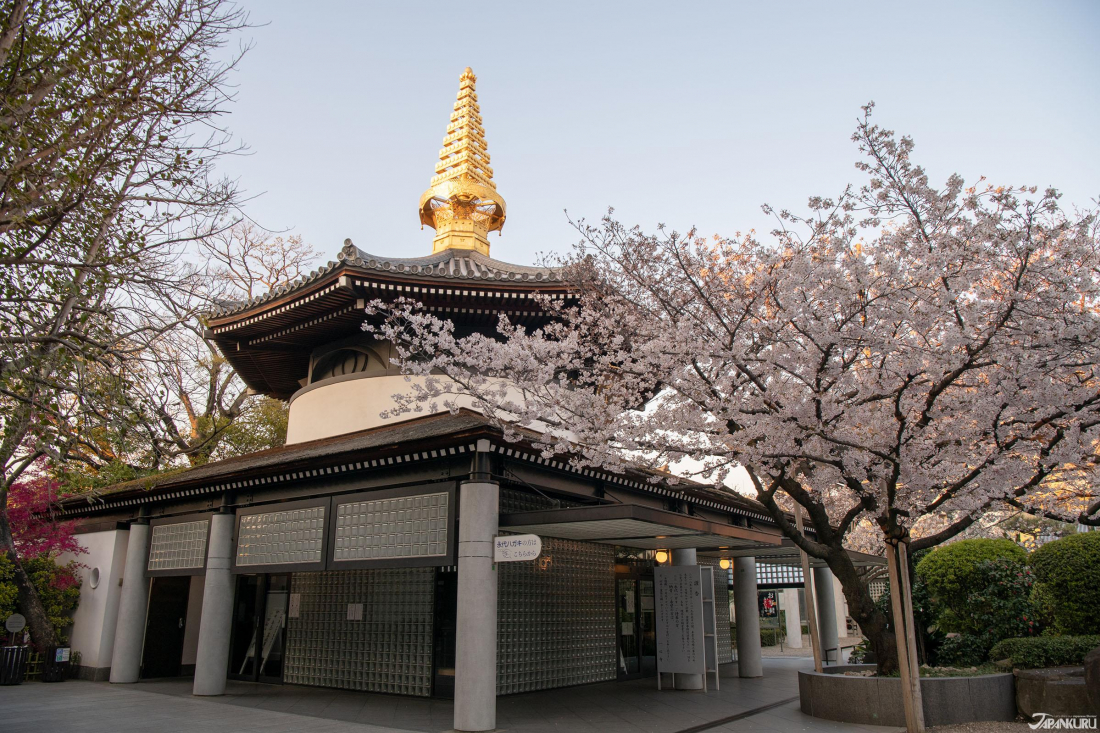

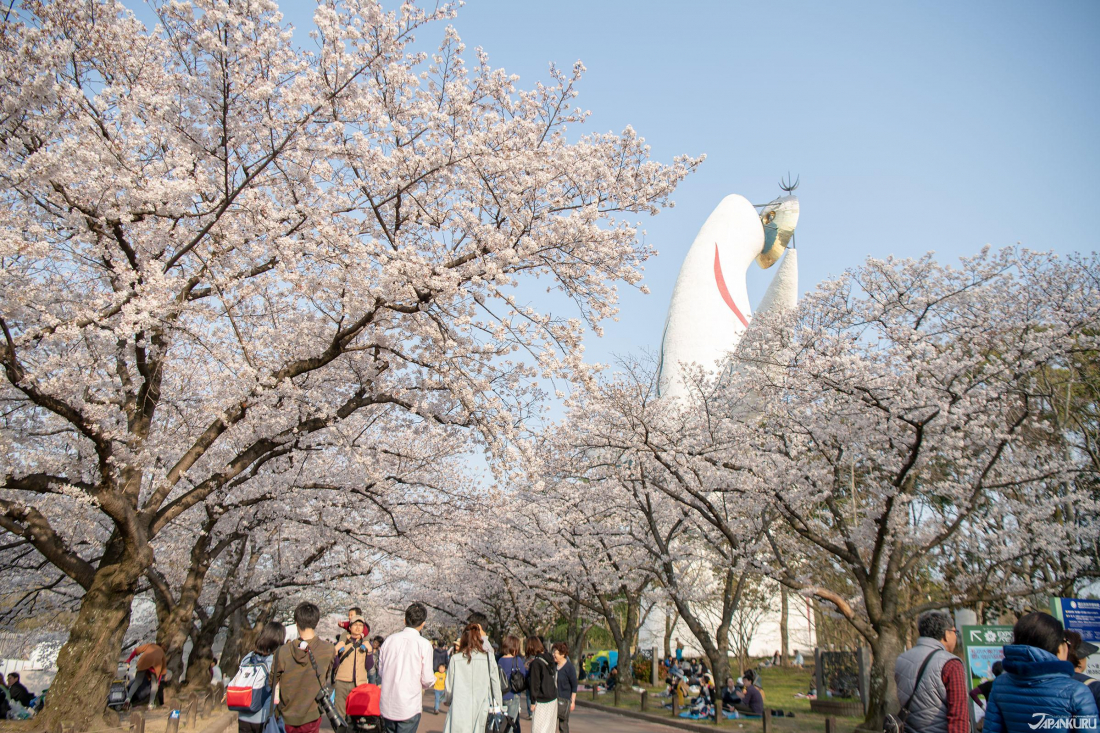


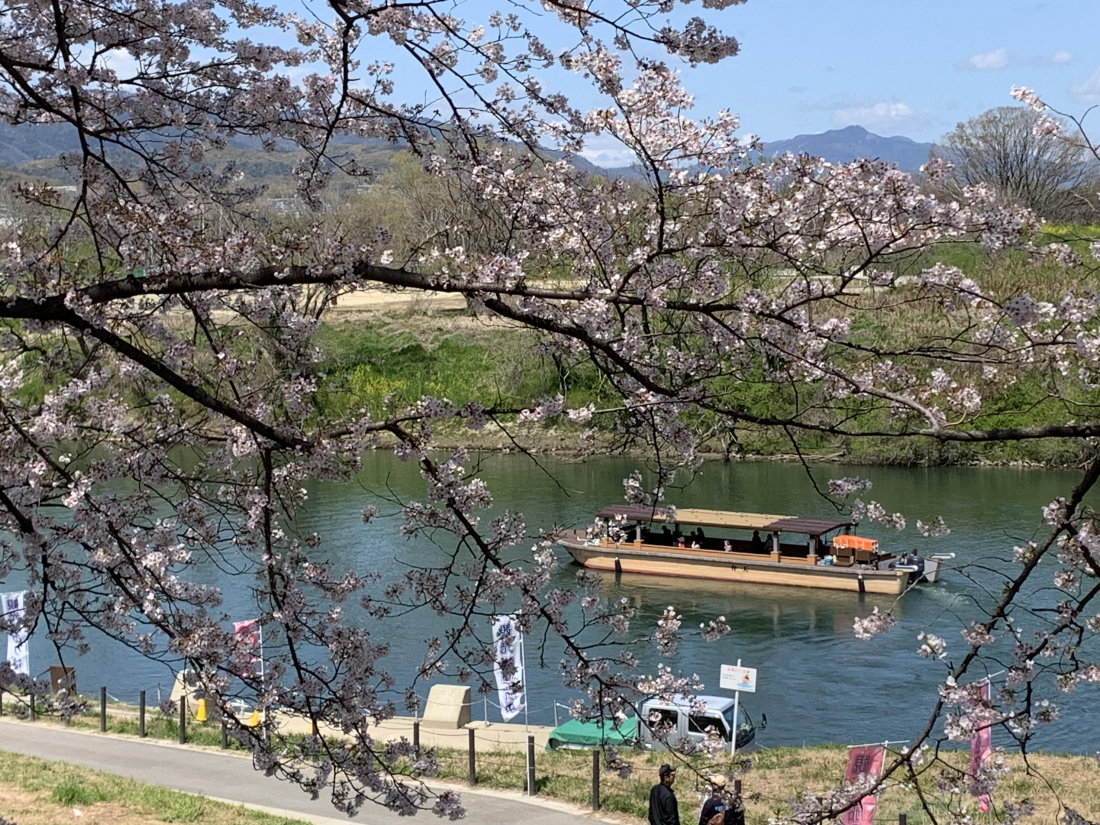




 >> Find out more at Japankuru.com! (link in bio)
#
>> Find out more at Japankuru.com! (link in bio)
#





 The Robot Restaurant is gone, but the Samurai Restaurant is here to take its place. Check it out, and don't forget your coupon!
The Robot Restaurant is gone, but the Samurai Restaurant is here to take its place. Check it out, and don't forget your coupon!
 신주쿠의 명소 로봇 레스토랑이 사무라이 레스토랑으로 부활! 절찬 쿠폰 발급중
신주쿠의 명소 로봇 레스토랑이 사무라이 레스토랑으로 부활! 절찬 쿠폰 발급중
 18歲以上才能入場的歌舞秀,和你想的不一樣!拿好優惠券去看看~
#tokyo #shinjuku #samurairestaurant #robotrestaurant #tokyotrip #도쿄여행 #신주쿠 #사무라이레스토랑 #이색체험 #할인이벤트 #歌舞伎町 #東京景點 #武士餐廳 #日本表演 #日本文化體驗 #japankuru #japantrip #japantravel #japanlovers #japan_of_insta
18歲以上才能入場的歌舞秀,和你想的不一樣!拿好優惠券去看看~
#tokyo #shinjuku #samurairestaurant #robotrestaurant #tokyotrip #도쿄여행 #신주쿠 #사무라이레스토랑 #이색체험 #할인이벤트 #歌舞伎町 #東京景點 #武士餐廳 #日本表演 #日本文化體驗 #japankuru #japantrip #japantravel #japanlovers #japan_of_insta
 코지마 x 빅 카메라 쿠폰으로 일본 가전 제품 쇼핑하기
#pr #japankuru #japanshopping #kojima #biccamera #japaneseskincare #yaman #dji #osmopocket3 #skincaredevice #日本購物 #美容儀 #相機 #雅萌 #日本家電 #일본여행 #면세 #여행꿀팁 #일본쇼핑리스트 #쿠폰 #일본쇼핑 #일본브랜드 #할인 #코지마 #빅카메라 #japankurucoupon
코지마 x 빅 카메라 쿠폰으로 일본 가전 제품 쇼핑하기
#pr #japankuru #japanshopping #kojima #biccamera #japaneseskincare #yaman #dji #osmopocket3 #skincaredevice #日本購物 #美容儀 #相機 #雅萌 #日本家電 #일본여행 #면세 #여행꿀팁 #일본쇼핑리스트 #쿠폰 #일본쇼핑 #일본브랜드 #할인 #코지마 #빅카메라 #japankurucoupon









































